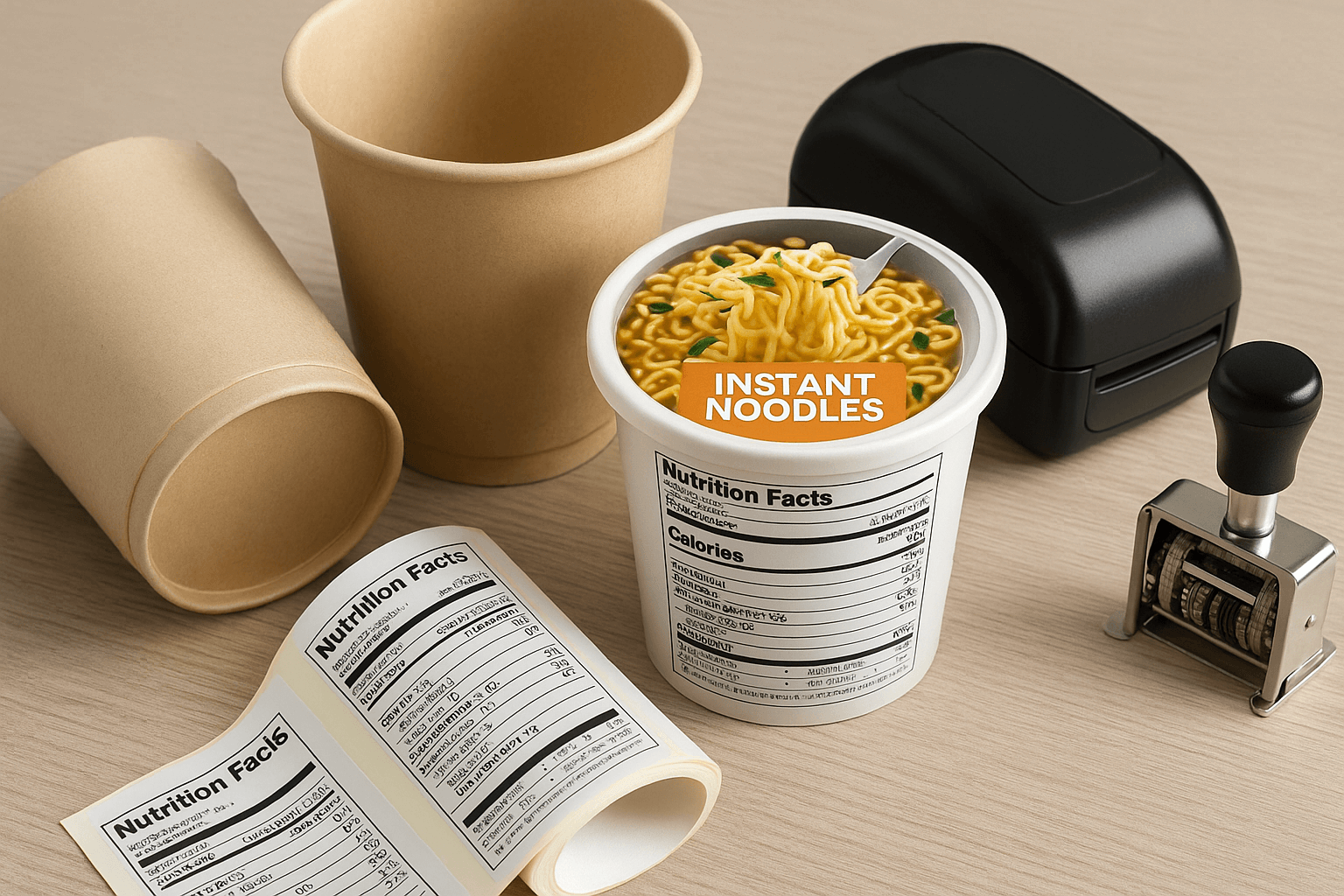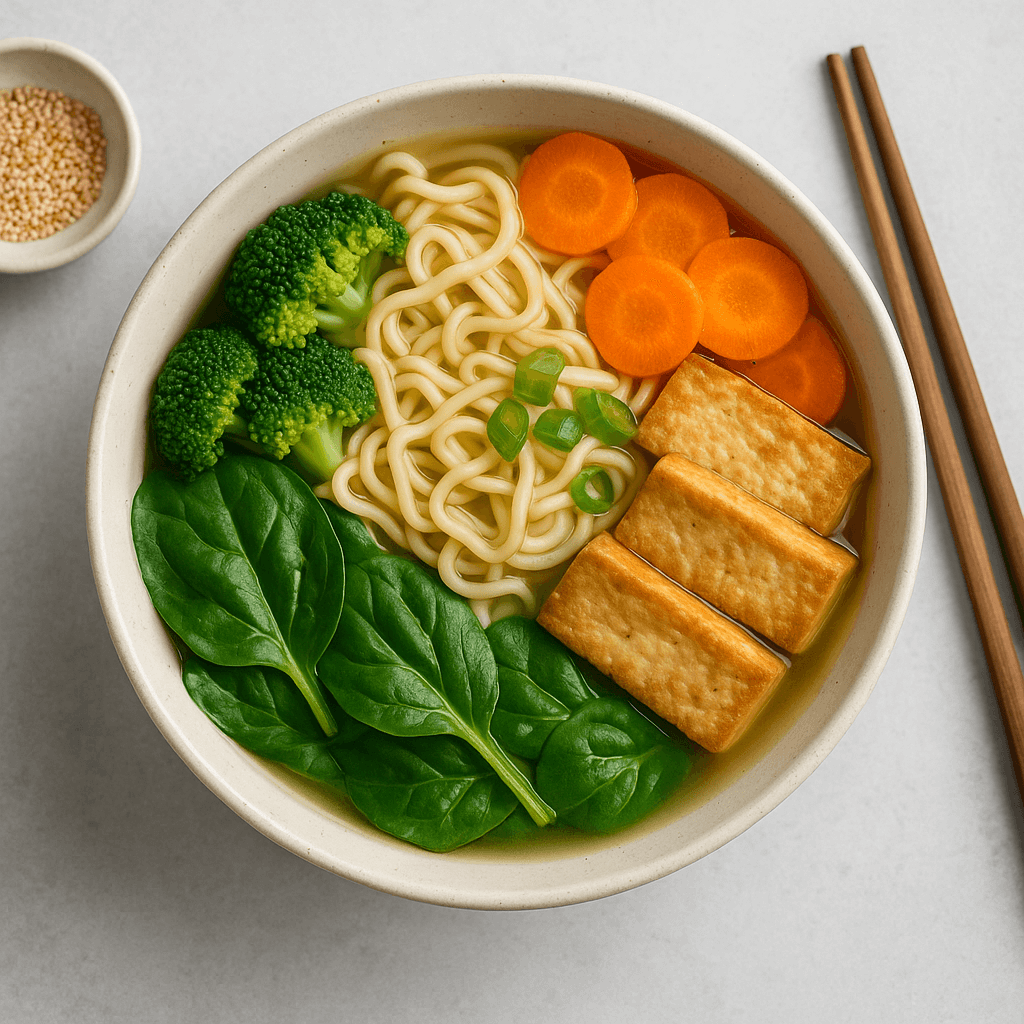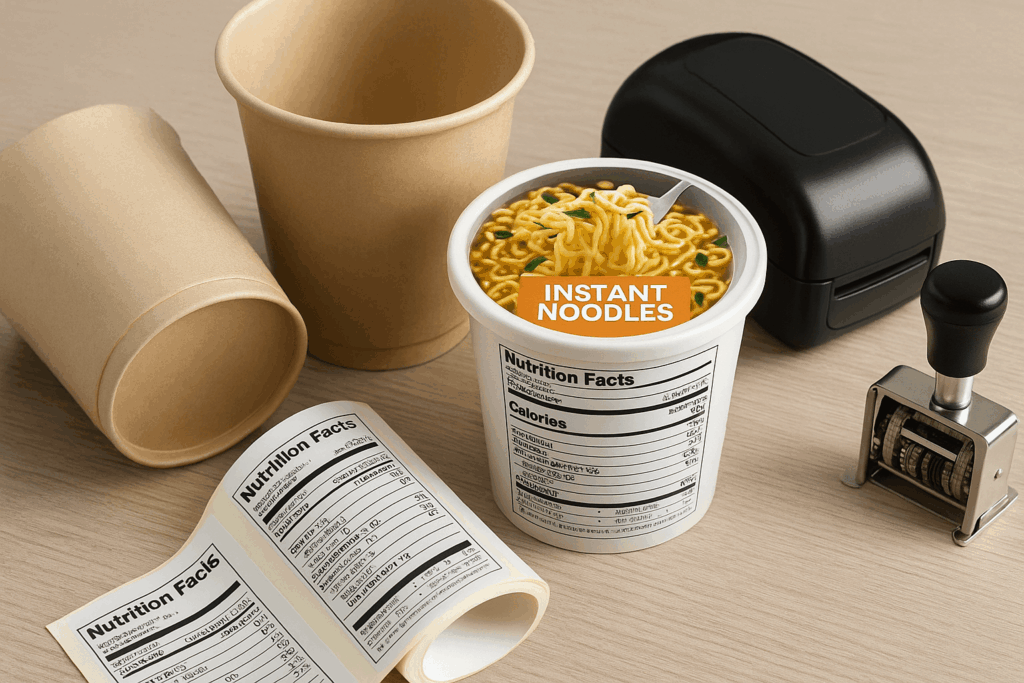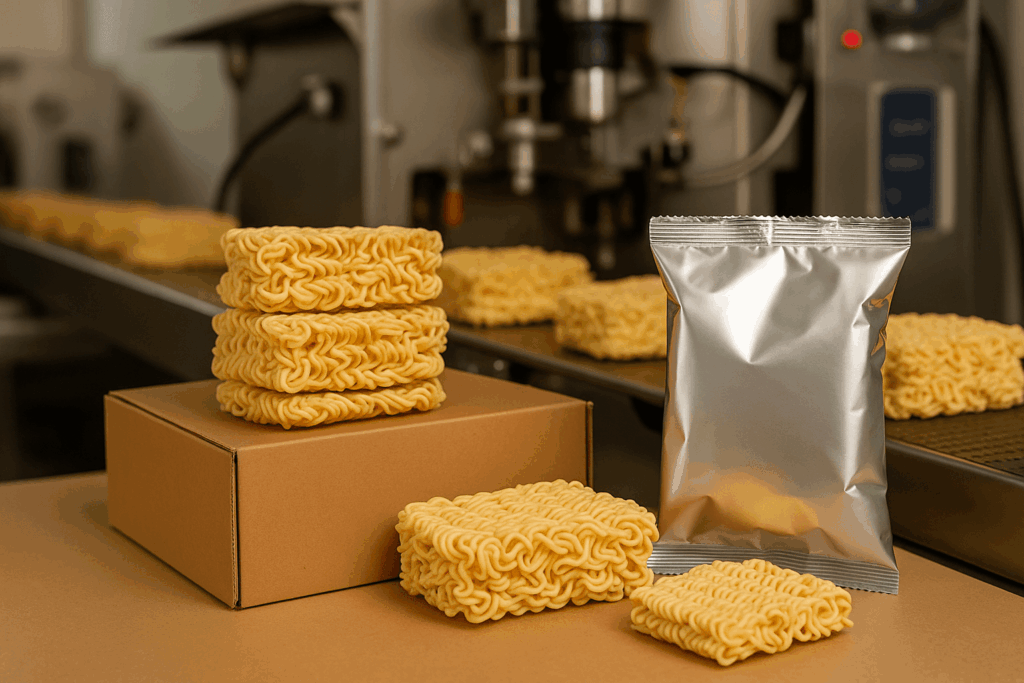Why Packaging and Labeling Matter for Export Success
Poor labeling is one of the top reasons for customs rejection in both the EU and the US. Each region has strict regulations regarding nutrition labels, language, ingredients, and claims.
At Kimdee OEM, we help private label brands develop regulation-compliant packaging and export-ready labels that avoid delays and build consumer trust.
1. Understand the Region’s Labeling Standards
| Region | Mandatory Requirements |
|---|---|
| EU | Energy in kJ/kcal, allergens bolded, nutrition table in EU format |
| US | FDA-format Nutrition Facts, imperial and metric units, allergen disclosure |
| GCC (Middle East) | Arabic + English labels, Halal icon, expiry format in DD/MM/YYYY |
🔗 Learn more: European Food Labeling Standards
🔗 See: FDA Food Labeling Guide
2. Key Elements Every Export Label Must Include
✅ Nutrition Facts Panel – formatted to target region
✅ Ingredient List – descending order by weight
✅ Allergen Disclosure – bolded or separate (e.g., Contains: Wheat, Soy)
✅ Country of Origin – required in both US and EU
✅ Best Before/Expiry Date – clear format
✅ Importer/Distributor Information – for local traceability
✅ Barcode – must be scannable in retail systems
✅ Certification Marks – Halal, Organic, etc., if applicable
📖 See related blog: Top 5 Certifications Buyers Expect from Export-Ready Foods
3. Packaging Design Tips for Export Markets
Use clear font sizes and colors for readability
Follow local recycling symbol requirements (e.g., Green Dot in EU)
Use humidity-resistant materials for tropical countries
Consider multilingual designs for shared SKUs across regions
💡 Kimdee helps clients develop retail-ready packaging mockups that pass compliance and attract shelf buyers.
4. Prepare Digital Packaging Files for Each Country
Each market might need variations:
Language: full translation for France, Germany, UAE
Barcode: GS1-compliant and region-specific
Claims: Avoid restricted phrases like “superfood” or “cures” in EU/US
We offer editable export label templates for clients needing compliance in multiple markets.
5. Work With an OEM Who Understands Export Compliance
With Kimdee, you don’t need to guess:
All labels reviewed for region-specific requirements
We support small test runs with full labeling
Export documentation handled in parallel with packaging
📩 Contact carlng@kimdeefoods.com or visit OEM Services for support.
FAQ
Q1: Can I use one label for both EU and US?
🅰️ Not advisable. Both regions require different nutrition panels and allergen disclosures.
Q2: Does my label need local language?
🅰️ Yes. EU countries often require the native language. UAE requires Arabic.
Q3: Do I need to list the distributor’s info?
🅰️ Yes. The local importer or distributor must be named on the label for traceability.






